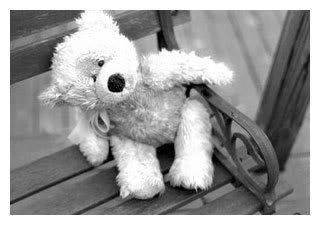
TKD History
Over 1350 years ago, Korea was divided into three kingdoms: Silla, Koguryo, and Baek Je. Silla, the smallest of these kingdoms was constantly under invasion and harrasement by its two more powerful northern and western neighbors. To offset these invasions, King Chin Hung, in his 37th year of reign, called up the strong, patriotic youths to form a new elite officer corps called the Hwa Rang-Do. This corps, under General Kim Yu-Sin, trained not only in the traditional methods of spear, bow, sword, and hook, but also practiced mental and physical disipline and various forms of hand and foot fighting. To harden thier bodies, they climbed rugged mountains, swam turbulent rivers in the coldest months, and drove them selves unmercifully to prepare for the task of defending their homeland.
To guide themselves and give purpose to their knighthood, they incorporated a five point code of conduct, which stated:
Be loyal to your King.
Be obedient to your parents.
Be honorable to your friends.
Never retreat in battle.
Make a just kill.
These young warriors became known and respected across the land for their courage and skill in battle, attaining feats of valor, which led Silla to rise and unite. From their victories, the Korean penisula soon was united for the first time in history.
Soo Bak was the original primitive art of hand fighting practiced during the period of the Hwa Rang-Do, while postures resembling Teak Kyon and Jujitsu were also practiced. After these warriors molded it into a combative art, and instilled the moral principles of the Hwa Rang-Do, it became known as Soo Bak Gi. Much historical documentation indicated that some of these forms of fighting may have eventually been exported to Japan, and form the basis for Japanese karate. During the Yi Dynasty the arts of valor were humiliated and the literary arts were encouraged. Then during the Japanese occupation (1909-1945) it was forbidden to practice any form of martial arts, although Teak Kyon was secretly practiced by some dedicated students.
After the liberation, a young Second Lieutenant named Choi Hong Hi began teaching his martial arts to his soldiers. At this time there was a quest to find the "real" name for this art. In 1955 a board of Masters, Historians, and Promeinent Leaders was formed.





